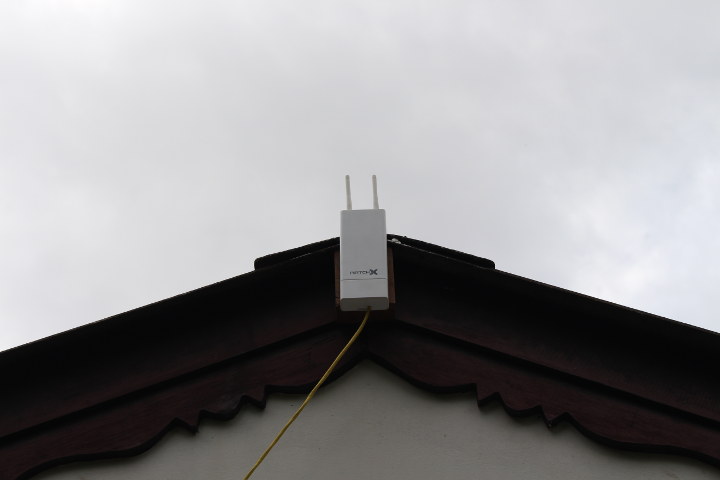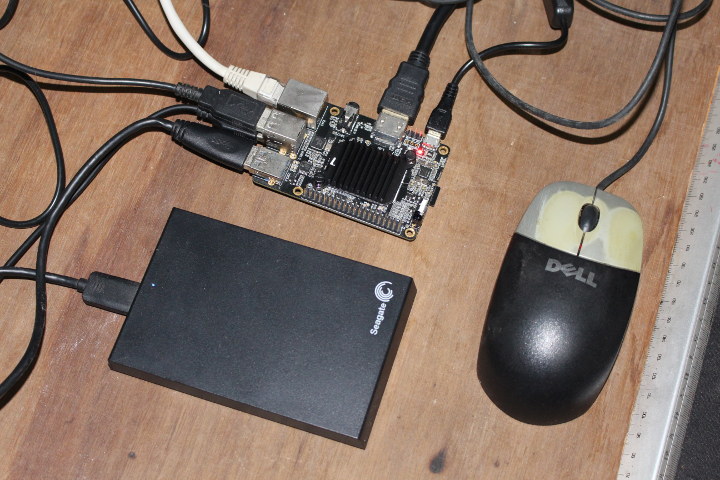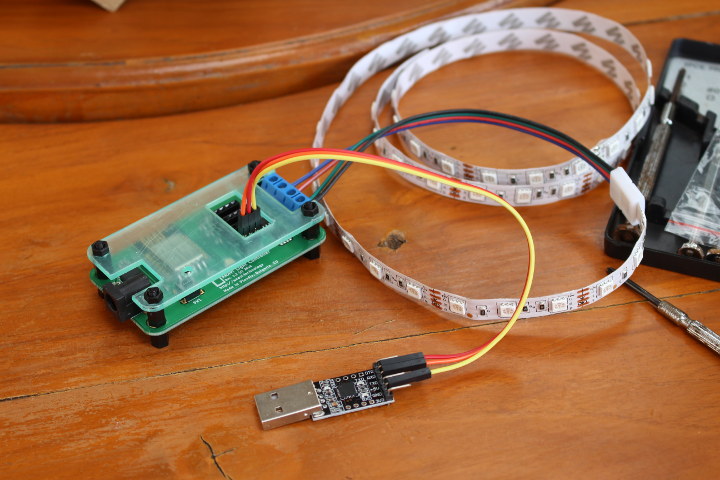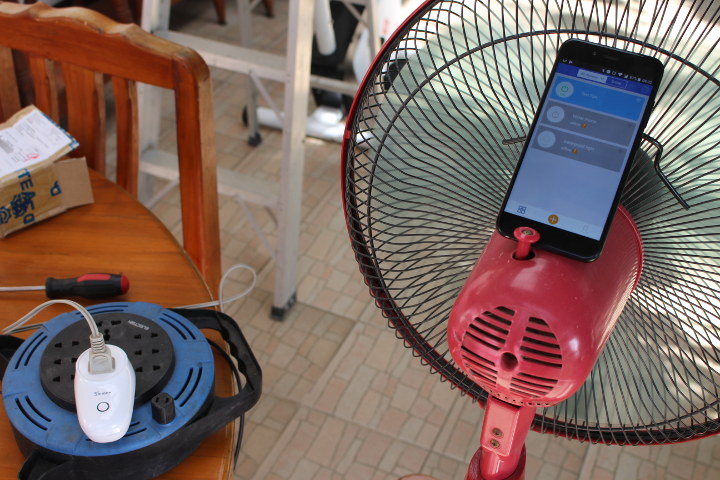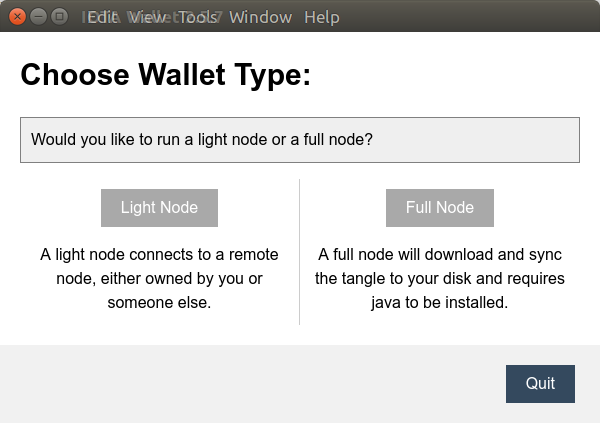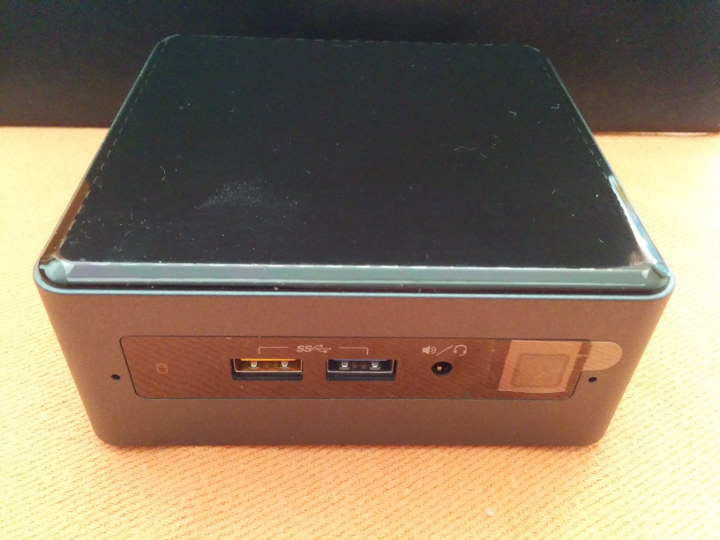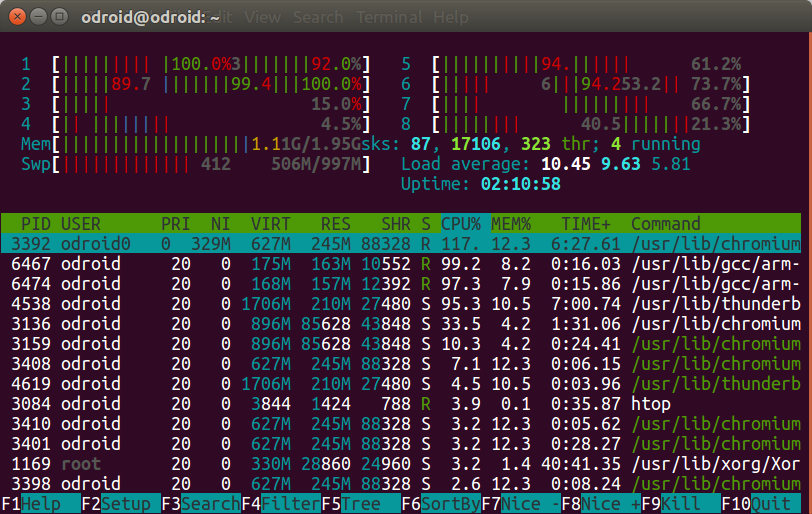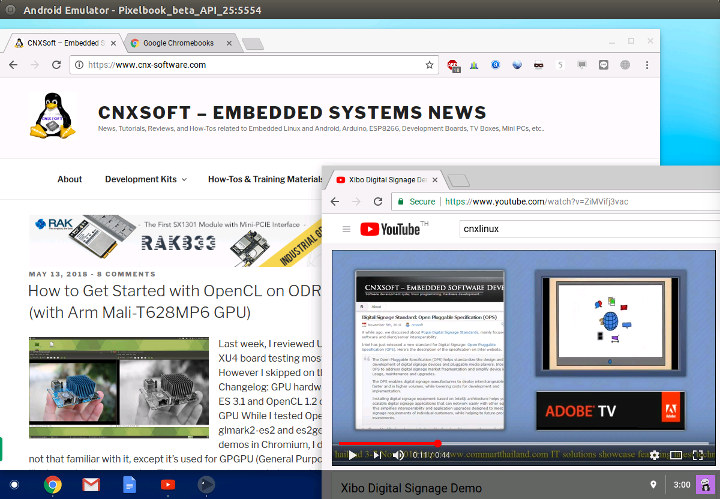At the end of last year, I received MatchX Matchbox LoRaWAN gateway, but only quickly checked out the hardware, as I was still unclear about regulations in South East Asia, and did not have any nodes to play with. Understanding Regulations and LoRaWAN Frequency Plans Since then, the government published some notifications about the 920-925 MHz band we are supposed to follow here. It’s in Thai language, and I can’t still read/understand it, but I got some translation help, and some key points include: paragraph 5 : for 920-925MHz non-RFID radio equipment (1) max EIRP not more than 4 watts (2) if EIRP < 50mW, no need for any license (3) if EIRP < 500mW, a license is required for importing, selling, and making your own equipment (4), and you must be in accordance with NBTC technical standard. (5) must not interfere with any licensed application. Interfering equipment must be […]
ROC-RK3328-CC Board Review, or the Case for Fast Storage and Adequate Power Supply
Firefly team from T-chip company has send me some of their Rockchip development boards, and we’ve already checked the provided boards and accessories, so today I’ll report my experience with one of the board: ROC-RK3328-CC also known as Renegade. I won’t test it with Android, since I have already reviewed RK3328 Android TV boxes such as Zidoo X7, and I’ve been told the team is hard at work with Android 8.1 SDK, so an Oreo image should be released in a few weeks/months. So I had initially planned to report my experience with one of the Linux images, then show how to install mainline Linux (currently 4.17) to the board, and reports what works. However, I encountered many issues, although likely not directly related to the board or its software support, so instead I’ll write about my experience getting started with the board, and list all the issues I had […]
ESP8266 RGB LED Strip Control with ANAVI Light Controller, Arduino, MQTT, and HTML5
A few months ago I reviewed ANAVI Light pHat for Raspberry Pi which allows you to control an LED RGB strip from the popular development board. However, if all you need is to switch the RGB LED light on and off, or change the color, the hardware is clearly overpowered for the tasks. So Leon ANAVI designed another board based on ESP8266 – ANAVI Light Controller – which does the same thing with lower cost and more power efficient hardware. Leon sent me a sample for review, so let’s see what we’ve got. ANAVI Light Controller Starter Kit Unboxing I received a package for the Starter kit that’s offered for $39 on CrowdSupply. We’ve got the main board, a USB debugging, an acrylic enclosure with screws and spacers, a one meter RGB LED strip, and some stickers inside the package. If we have a close look at the board we […]
Sonoff S26 Smart Socket Mini Review & Teardown
ITEAD Studio very recently launched their Sonoff S26 WiFi Smart plug as a more compact and cost effective upgrade to their Sonoff S20 smart sockets, and which comes in 6 different versions for China, Australia, the United Kingdom, the United States, Europe type F for Germany, Austria, the Netherlands, Sweden, Finland, Norway, Portugal, Spain and Eastern Europe, and Europe type E for France, Belgium, Poland, Slovakia, the Czech Republic, Tunisia and Morocco. You can find the one that suits you most on World Standard website. I was interested in getting the device, mostly to check the hardware design, so the company sent me one sample to try out. Sonoff S26 Unboxing Sonoff S26 comes is a white package with Sonoff branding. I received the US type plug (S26B model) which includes a ground pin on both side, so it’s not suitable for most sockets here in Thailand that do not […]
IOTA Tangle is a Blockless Distributed Ledger for the Internet of Things – Running a IOTA Full Node on Rock64 Board
A lot of efforts is going into distributed ledger technologies like the blockchain, and while I keep hearing blockchain is the future, there’s a lot of hype, and so far I have not seen that many practical use cases. But recently I saw Open Source Foundries – a new company announced at Linaro Connect US 2017 – participated in the IOTA blockchain BoF at the OpenIoT Summit 2018 showing a demo publishing sensor data to the IOTA Tangle. So maybe we have a practical application here… Sadly, there’s no video recording of the IOTA blockchain BoF, so instead let’s go to the IOTA website to find out more. What is IOTA? That’s the short description of the solution: An Open-Source Distributed Ledger The first open-source distributed ledger that is being built to power the future of the Internet of Things with feeless microtransactions and data integrity for machines. The key technology […]
Intel NUC Kit NUC7PJYH Review – An Intel Gemini Lake Pentium Silver J5005 Barebone Mini PC
When Intel released their latest NUC Gemini Lake mini PCs they prioritized cost over performance. As a result the processor they chose for the ‘Intel NUC 7 Essential’ mini PC is somewhat underwhelming. Fortunately they released another model in the series, the rather misleadingly named ‘Intel NUC Kit NUC7PJYH’ which is is actually a ‘barebones’ mini PC just needing a stick or two of RAM and an SSD for storage. It contains an Intel Pentium Silver Processor J5005 SOC which is a quad core processor bursting up to 2.80 GHz together with a slightly more powerful Intel UHD Graphics 605 processor that is capable of 4K support at 60Hz. Visually it is no different to the Celeron NUC reviewed earlier in that it is physically small consisting of an approximately 4.5″ square case about 2″ tall with a distinctive front panel that includes the power button and a couple of […]
Running out of RAM in Ubuntu? Enable ZRAM
Whenever I ran out of RAM on a Linux system, I used to enable swap memory using the storage device to provide an extra bit of memory. The main advantage is that it’s does not require extra hardware, but come at the cost of much slower access, and potential issues or wear and tear, unless you only use it temporary. This week-end, I compiled Arm Compute Library on ODROID-XU4Q board, and the first time it crashed because the system ran out of memory, so I enable swap on the eMMC flash module to restart and complete the build successfully. However, I was told it would have been better to enable ZRAM instead. So what is ZRAM? Wikipedia explains: zram, formerly called compcache, is a Linux kernel module for creating a compressed block device in RAM, i.e. a RAM disk, but with on-the-fly “disk” compression. So it’s similar to swap, expect […]
How to Run Chrome OS in Android Emulator
While it’s possible to run the open source Chromium OS in your computer or a virtual machine, AFAIK there was only was way to test Chrome OS: purchasing an actual Chromebook, or other device running the operating system. But this week-end, I read the news that Chrome OS was now available in Android Studio, and you can run in Android Emulator while emulating a Pixelbook, so I gave it a try by following the instructions on Android Developer website. If you haven’t done so already, we first need to install Android Studio. I’m running Ubuntu 16.04 in my computer, but this will also work in Windows and Mac OS X. After download the IDE zip file, we can extract it… and then open a console, go into “{installation home}/bin” and run the program:
|
1 |
./studio.sh |
After a few seconds, we got into Android Studio 3.1.2 welcome screen. We can now click […]


